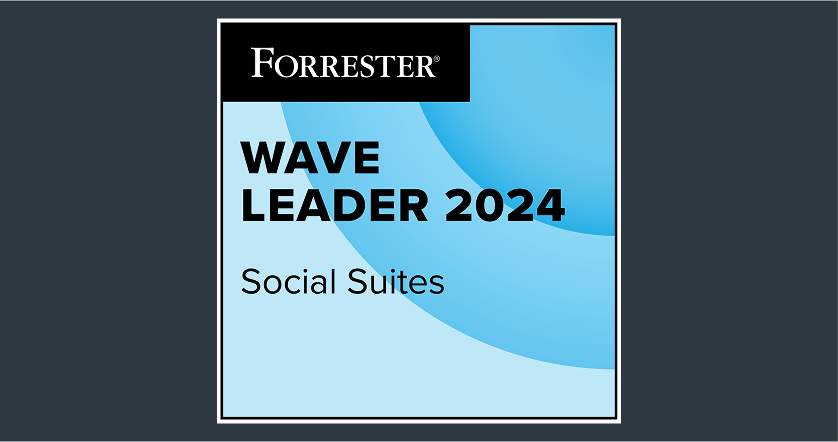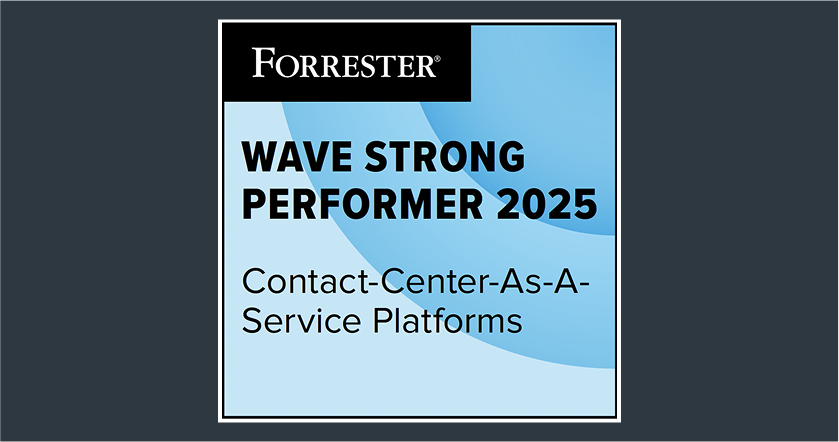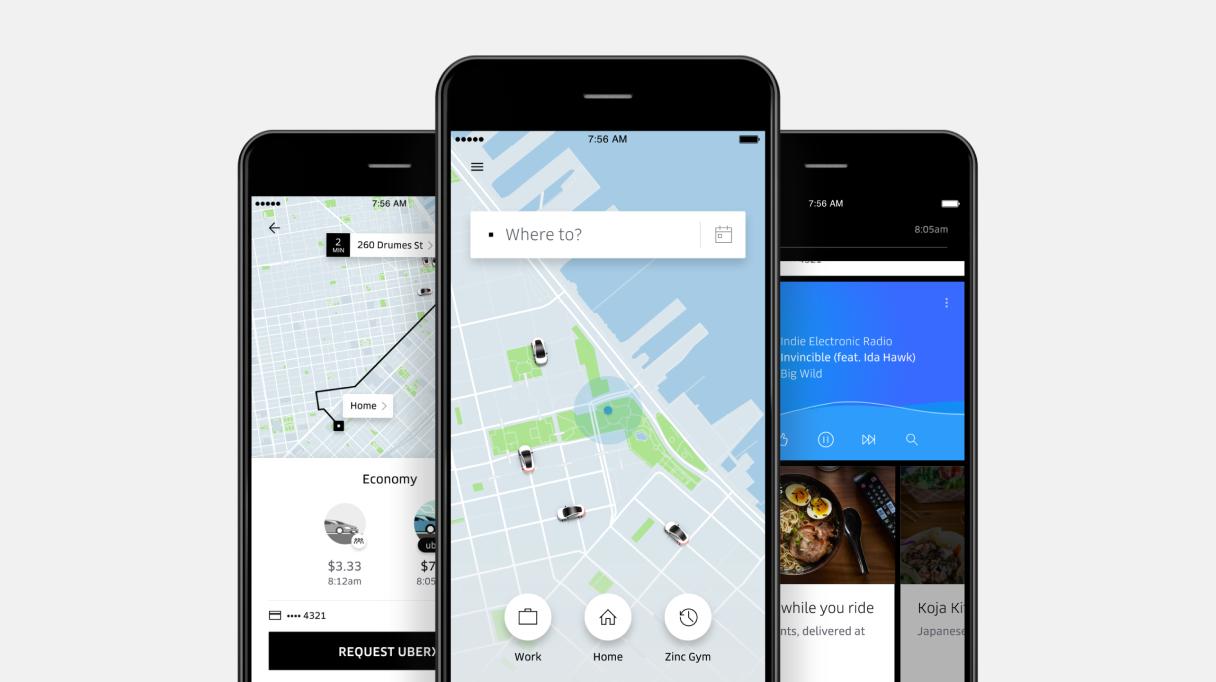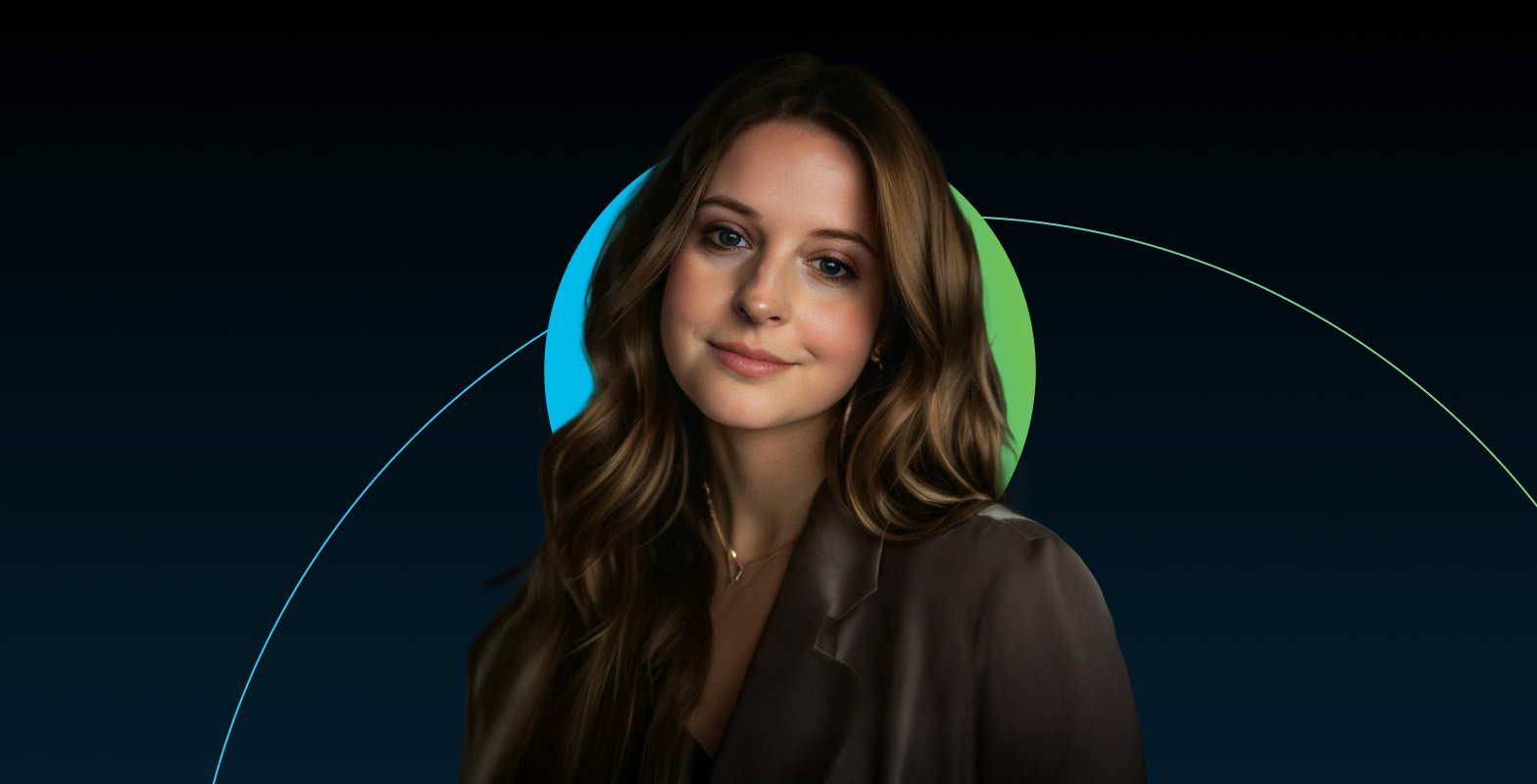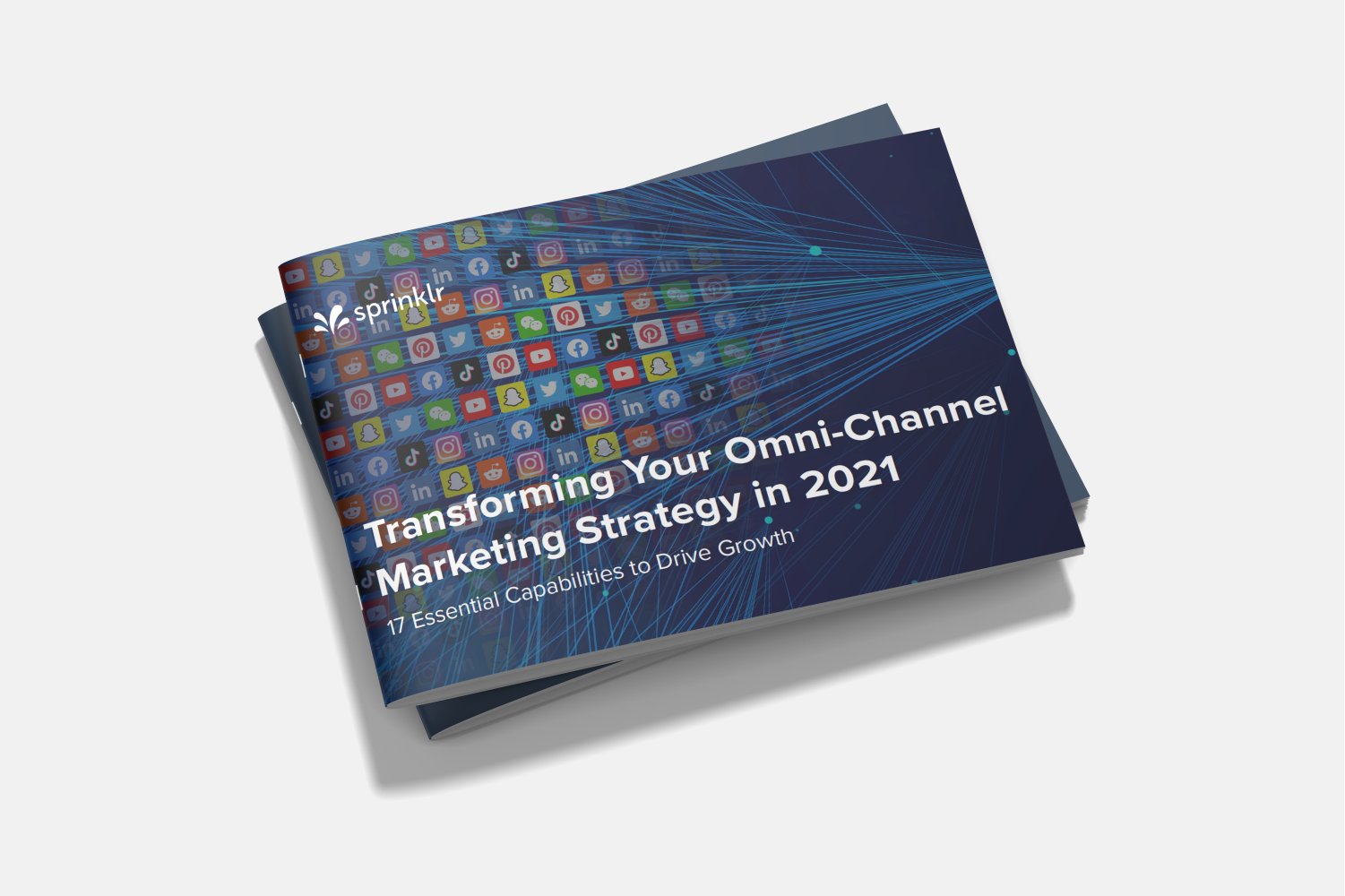What is Facebook advertising?
It's challenging to ignore Facebook's influence. There are a tonne of people who regularly see Facebook ads with roughly 1.98 billion active users daily.
Reach is only one component of the marketing equation because we always stress the importance of being targeted. Successful marketing doesn't reach everyone; rather, it targets the correct audience, and Facebook is tremendously helpful in this regard.
Facebook almost stands alone in terms of precise targeting. It is able to reach the right individuals with the correct message since it has so much knowledge on its users.
How does Facebook advertising work?
Facebook ads come in many different forms. You can advertise your page, posts, user activity, or even your website. You can be successful in directing viewers to your website despite Facebook's increasing emphasis on native ads and keeping users on its platform.
Images, videos, carousels (multiple images), instant experiences and collections are just a few of the ad formats available.
Users are shown targeted Facebook ads based on their location, demographics and profile data. Many of these choices are restricted to Facebook only.
You establish a budget and place a bid for each click or thousand impressions after creating an advertisement.
Then, users see your ads in the Facebook newsfeed or sidebar.
In general, as marketers, our major objective is to increase traffic to our own websites. While increasing your Facebook following is fantastic, your chances of success are most when you direct visitors to your website, where you have complete control over the medium.
While Facebook's other ad alternatives are wonderful for increasing brand recognition and engagement, direct response advertisers still prefer advertising that send consumers off the platform in order to close deals.
Benefits of Facebook advertising
Facebook ads can provide numerous benefits for businesses, including:
1. Targeted reach
Facebook offers a vast amount of data on its users, which allows advertisers to target specific demographics, interests, behaviors and locations.
2. Cost savings
Facebook advertising can be a cost-effective way to reach a large audience compared to traditional advertising methods.
3. Increased brand exposure
It can help increase brand exposure and awareness among a wide audience.
4. Improved conversions
Facebook's advanced tracking and targeting capabilities make it possible to drive conversions and measure the success of advertising campaigns.
5. Flexibility
Facebook advertising offers a wide range of ad formats, targeting options and customization options, allowing advertisers to choose an approach tailored for their business needs.
6. Ability to reach a large audience
With over 2.8 billion monthly active users, Facebook offers a massive potential audience for advertisers.
How to do Facebook advertising in 5 simple steps
All of your campaigns, ad sets, and ads will be presented on the performance dashboard you view after logging into the Ads Manager, along with the outcomes they have generated for your Facebook page.
The dashboard won't contain anything unless you've already created an advertisement for your Facebook page.
Go to the type of ad you want to create to start a new campaign, ad set, or ad in the Facebook Ads Manager. As illustrated below, click the green "Create" button that is located on the far left of these ad categories. The below screenshot demonstrates that you are currently prepared to establish a New Campaign.
1. Choose an objective
Like many social media advertising networks, Facebook Ads Manager was created with your campaign objective in mind. Ads Manager will prompt you to select an objective for your campaign before you begin.

You can pick from six distinct objectives:
Awareness
Traffic
Engagement
Leads
App promotion
Sales
By selecting one of these goals, you're helping Facebook understand what you want to accomplish so they can give you the most suitable ad options.
2. Choose your audience
The next thing you need to do is set up your target audience. Each ad set that is a part of the same campaign may receive this treatment.
The expected daily reach and page likes are also displayed. If you've previously launched campaigns, these estimations will be more accurate because Facebook will have more data to work with. Always remember that these are only estimates and not promises. Recall that efficient targeting is essential for increasing ROI, and Facebook offers a wealth of options for narrowing in on your audience.
To specifically include or exclude persons based on their characteristics, interests, and activities, use the Detailed Targeting field. Here, you can be quite particular. For instance, you might decide to focus on people who enjoy both travelling and hiking while excluding those who prefer backpacking.

Additionally, you have the choice of choosing a Custom Audience. This enables you to target Facebook users who have visited a page on your website that has a tracking pixel, used your app, or are in your company's contact database.
You may not need to repeat this step once you've been running Facebook ads for a time if you find a group that responds well to your advertisements because Facebook lets you keep these audiences to be utilised again in the future.
3. Set your budget
You can set a lifetime budget or a daily budget on Facebook. Here are their differences from one another.
Daily budget: This is the option you desire if you want your advertisement to run nonstop all day. By setting a daily budget, Facebook will control how much you spend each day. The minimum daily budget for an ad set is $1.00 and must be at least twice your CPC, so keep that in mind.
Lifetime budget: Choose lifetime budget if you want to run your advertisement for a predetermined period of time. This implies that over the time you specify for the ad to run, Facebook will spread out your spending.
Optimization and pricing
Make a decision regarding whether you want to bid for your objective, clicks, or impressions. This will alter how your ad is displayed and paid for.
In this way, you'll pay to get your advertisement seen by those in your target market who are most likely to take the desired action, but Facebook will decide what your maximum bid is.
Choose manual bidding if you don't want Facebook to decide what your best bids should be. With this choice, you have complete control over the price you're prepared to pay for each action taken. However, Facebook will offer a recommended bid based on the actions of other marketers to give you a general idea of what you should aim for.
4. Choose your Facebook ad placements
To select where your advertising will display, scroll down. The simplest option if you're new to Facebook advertising is to use Advantage + Placements.

By choosing this option, Facebook will automatically schedule your ads to appear on Facebook, Instagram, Messenger, and the Audience Network during the times when they are most likely to be successful.
You might want to use Manual Placements once you have more experience. You can completely manage where your Facebook ads display by selecting this option. You will have more opportunities to connect with your target audience as you choose more placements.
Your options will vary based on your chosen campaign objective, but may include the following:
Device type: Mobile, desktop, or both
Platform: Facebook, Instagram, Audience Network, and/or Messenger
Placements: Feeds, Stories, Reels, in-stream (for videos), search, messages, overlay and post-loop ads on Reels, search, in-article, and apps and sites (external to Facebook)
Specific mobile devices and operating systems: iOS, Android, feature phones, or all devices
Only when connected to WiFi: The ad only shows when the user’s device is connected to WiFi
5. Create your ad
Enter the text and media for your advertisement after selecting the format for it. Depending on the campaign target you chose at the start of the process, different formats will be accessible.
Make sure your advertisement appears great for all potential placements by using the preview tool on the right side of the page. When you're satisfied with your selections, press the green Publish button to run your advertisement.
Make sure your chosen photos and videos suit the required dimensions to avoid having your Facebook advertising stretched, cropped, or otherwise altered.
Here’s a quick breakdown:
Facebook feed videos
Minimum width: 120 px
Minimum height: 120 px
Resolution: at least 1080 x 1080 px
Video ratio: 4:5
Video file size: 4GB max
Minimum video length: 1 second
Maximum video length: 241 minutes
Facebook also has a full list of all aspect ratios and features for videos.
Facebook instant article videos
Resolution: at least 1080 x 1080 px
Video ratio: 9:16 to 16:9
Video file size: 4GB max
Minimum video length: 1 second
Maximum video length: 240 minutes
Facebook Stories ads
Recommended: Highest resolution available (at least 1080 x 1080 px)
Video ratio: 9:16 (1.91 to 9:16 supported)
Video file size: 4GB max
Maximum video length: 2 minutes
Facebook feed images
Resolution: at least 1080 x 1080 pixels
Minimum width: 600 pixels
Minimum height: 600 pixels
Aspect ratio: 1:91 to 1:1
Facebook Instant Article images
Maximum file size: 30 MB
Aspect ratio: 1.91:1 to 1:1
Resolution: at least 1080 x 1080 px
Facebook Marketplace images
Maximum file size: 30 MB
Aspect ratio: 1:1
Resolution: at least 1080 x 1080 px
How much does it cost to create a Facebook Ad?
The average cost of Facebook advertising is $0.94 per click and $7.19 for every 1000 impressions. Ad campaigns that aim to generate likes or app downloads can anticipate paying, on average, $1.07 per like and $5.47 per download.
Facebook advertising tips
Running split testing on each element of your Facebook advertisements, including the title, ad copy, images and CTAs, is the only way to make them better. Sometimes, an advertisement may not be successful because the copy isn't strong enough or the graphics aren't appealing.
Create various iterations of the same advertisement while making small changes at a time, then post them to find out for sure. Check to see which version receives the most shares, likes, comments, and conversions after letting them run.
Why Sprinklr?
With Sprinklr’s Sprinklr Marketing product suite, you can scale up your Facebook advertising efforts and expand your reach in record time.
Sprinklr’s unified ad creation platform enables brands to publish ads on all leading social channels
Automate workflows and optimize ads efficiently by using tools like naming convention, bulk import, web analytics, smart rule, smart bidding, smart budgeting, stop loss and more
Using AI creative insights, check how many creatives align with channels best practice and which creative elements resonates better with your audience
Reduce risk with granular permissions and approval processes to ensure compliance as well as immediately pause all paid activity in times of crisis
Frequently Asked Questions
The average cost of Facebook advertising is $0.94 per click and $12.07 for every 1000 impressions. Ad campaigns that aim to generate likes or app downloads can anticipate paying, on average, $1.07 per like and $5.47 per download.
related products
Thank you for contacting us.
A Sprinklr representative will be in touch with you shortly.
Contact us today, and we'll create a customized proposal that addresses your unique business needs.
Request a Demo
Welcome Back,
No need to fill out any forms — you're all set.
